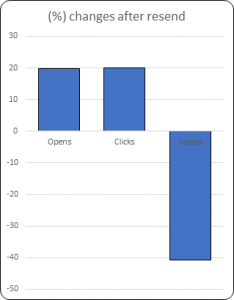Seeking Solutions To Media Measurement Complexity At ANA Event
A topic at the top of the agenda is the fast-growing and mind-numbing complexity that has been overwhelming media measurement these past two years, and which hampers the industry’s future growth. Key complexity drivers include: 1) alternative currency testing disruption; 2) the growth of ad-supported streaming and CTV ads; 3) the fragmentation and incompleteness of solutions; and 4) the impact of Apple Tracking Transparency policy on measurement.
I don’t expect these issues to be resolved over these three days, but I am happy to see the world’s largest brands and advertisers focus on such concerns — and the friction they are bringing to today’s ad world. Here’s what I think:
Alternative currency testing. For sure, testing new potential currencies in TV and premium video ad measurement is going to be disruptive for many in the business. Fundamentally, that’s not a bad thing. We probably wouldn’t have had the launch of Nielsen ONE without such testingt Nor would we have all of the new, more robust and granular video ad and audience insights and attribution products that are now in the market.
Time will solve this one. Today’s craziness will lead to a winnowing of solutions, some consolidation of the new offerings, and then a re-rallying around core industry currencies.
Growth of streaming ads. Audience video viewing habits are changing fast, as TV viewers with fixed broadband at home shift to streaming video services, most of which are now embracing ads. This shift is very disruptive to an industry that has been historically siloed around linear TV and its unique methods of measurement (GRPs), transaction management (phone calls, faxes and handshakes), and campaign reporting (six weeks to several months).
Currency improvements, which include integrated cross-channel viewing and digital-like automation in planning, activation, measurement and transaction management, will solve this issue — but maybe not until the turf wars over control over premium video budgets between linear and digital buyers are resolved.
Fragmentation. For sure, we will see more and more fragmentation in media channels. Audiences are driving that trend, and it will only get worse.
A keystone of workable solutions will be their capacity to efficiently “re-aggregate” audiences from fragmented places campaign by campaign.
Of course, the world of digital media platforms and premium video owners is dominated by walled gardens, two or three in the former (Google, Amazon, Meta) and a dozen or two in the latter group (NBCU/Peacock, Disney/Hulu, Fox/Tubi, Netflix, Amazon, etc.). So the future will be about activating campaign across those walled gardens efficiently and in a privacy-safe way. That is how the TV industry has been operating for decades, and it will be the future of a digitally driven video and digital ad world.
Apple ATT. I differ from many in the industry in my perspective on this issue. I applaud Apple, which has carved out a differentiated market and brand position that is pro-user.
We don’t need to keep sticking tracking codes on users so everyone can keep hitting them with redundant ads, with the shoes they bought following them around their browsing for months. We will find lots of ways to show more relevant and higher yielding ads without that practice, and we will become better for letting it go.
Techniques like contextual, cohort and occasionality all can deliver real relevance, protect privacy, and save consumers from device ID retargeting.
What are your thoughts on how we can solve the fast-growing issues of media measurement complexity?
(3)



